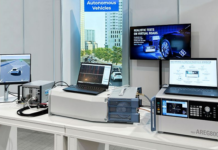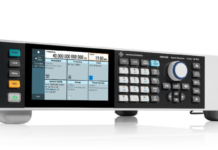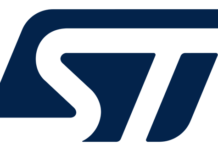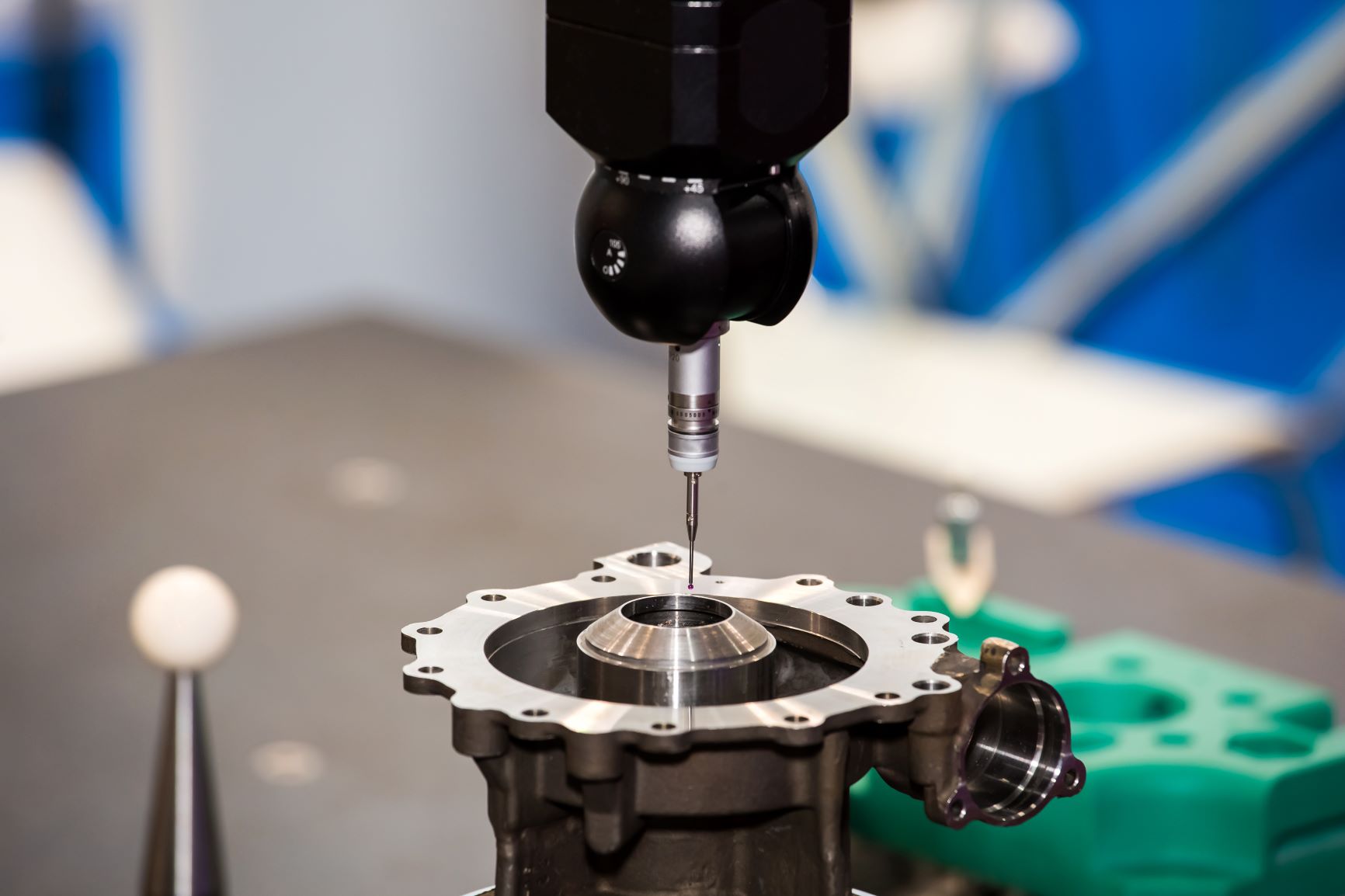
When it comes to obtaining precise measurements in commercial and industrial settings, using reliable precision measurement equipment is a must. Every industry must have measurement standards to ensure accurate dimensions, as well as product shape and threading.
Learn more about precise measurement devices and their uses by reading below.
What Are Precision Measurement Devices?
Precision measurement instruments either directly measure physical quantities or indirectly measure objects to get precise values. These devices are usually used in laboratory, commercial, and industrial settings to measure dimension, weight, force, torque, mass, pressure, force, temperature, and electric current.
Precision management devices come in different types, including mechanical tools, electronic tools, and pneumatic instruments.
Examples And Uses Of Electronic Precision Measurement Equipment
Coordinate measurement machines include digital height gauge and long-Bore CMMs. You can find coordinate measuring machines at sites like Eleymet.com.
- Digital Height Gauge
Electronic height gauges perform numerous measurement types, which are used in the manufacturing industry, particularly quality control applications. Here are some examples of the uses of electronic gauges:
- Scribe features from a certain part or datum place to obtain accurate vertical dimensions, making additional machining possible
- Measure angle and flatness
- Verify center-to-center dimensions
- Perform 2D measurements of component features
- Measure the straightness or perpendicularity of parts
- Measure the distance from the reference surface to a specific part feature to verify that all specifications are met.
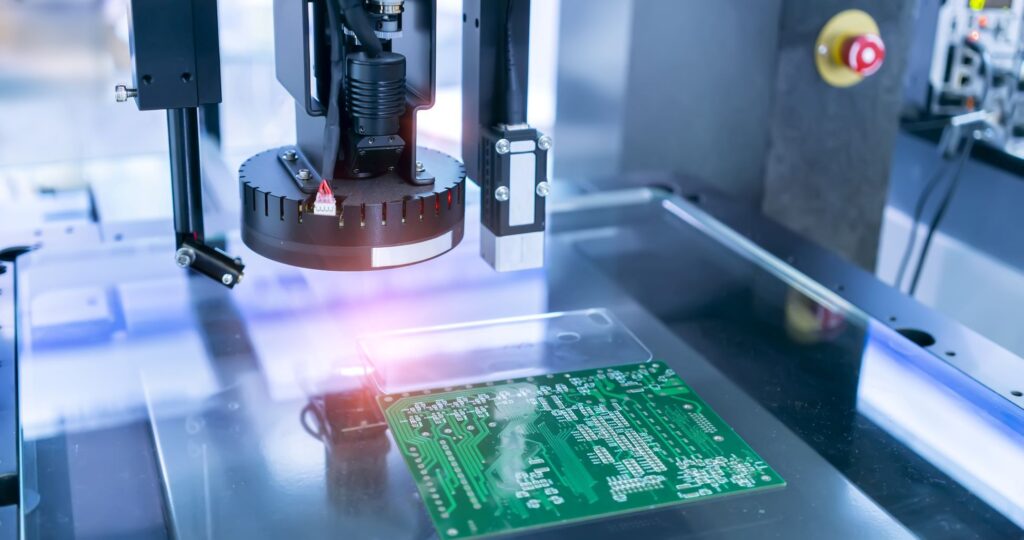
- Coordinate Measuring Machines CMMs
Precision measurement equipment continue to become more advanced for a wider range of applications, such as CMMs. A coordinate measuring machine (CMM) measures the geometry using a vision probe or touch-trigger scanner to take precise points on an object’s surface. CMMs are used to check the accurate dimensions of manufactured components in an automated and streamlined manner.
The different types of CMMs include the following:
- Bridge CMM: It’s the most common type of CMM used in measuring moderate flexibility and high accuracy of medium-sized parts.
- Cantilever: It’s commonly used for small-sized components with lowest flexibility and highest accuracy. It differs from the bridge CMM as the measuring head is attached on the side of the base.
- Horizontal Arm: This type of CMM is less accurate as compared to other types of CMM, which makes it very useful in measuring large components or workpieces. Horizontal arm CMMs are used for highest flexibility and lowest accuracy for large parts.
- Gantry CMM: It’s designed like a bridge CMM, but at a much larger size. It’s used in measuring moderate flexibility and high accuracy of large components.
Examples And Uses Of Pneumatic Instruments
Pneumatic instruments measure air volume and air pressure through tubes and gaps, commonly used in ready calibrations. These devices include the following:
- Pneumatic Screwdrivers: These are used for assembly that requires higher precision levels. They are widely used in marine, automotive, and aerospace manufacturing.
- Impact Wrenches: They’re found in mechanic tool chests everywhere, and which are used in loosening automobile lug nuts and high-torque situations.
- Air Nut Rivetors: They’re perfect in fastening two pieces of metal, delivering strong and dependable performance. Hydraulic or nut rivetors are precise measuring tools for DIY-ers and handymen.
Examples And Uses Of Mechanical Precision Measurement Devices
Mechanical tools include vernier calipers and micrometer calipers, which are used in reading measurement. Calipers measure part features that can’t be measured using a scale or a micrometer measuring device.
These mechanical tools have digital displays or scales used in measuring height, width, diameter, depth, and area. These tools make precise measurements of elements. Other mechanical gauges include the following:
- Bridge Gauge: This versatile and unique instrument is used for the inspection of welded joints and surfaces in both millimeters or inches. This tool has a sliding pointer and a rotating dial, which are moved to make appropriate contact and display result.
- Poker Gauge: This special precision measurement instrument is commonly used on ships to measure propeller wear down underwater by divers or at the drydock. Each ship has a customized poker gauge.
- Dial Gauge: It’s a primary measurement device used in measuring crankshaft thrust, deck clearances, and lifter travel in precision engine building.
- Width Gauge: It’s also called a thickness gauge, which is a hand-held precision device used in measuring the thickness of a material or object. This tool is widely used in engineering operations and product manufacturing, requiring a specific object thickness to comply with government regulations.
- Height Gauge: Vernier height gauge refers to a special precision measurement instrument that measures the height of engineering objects in various industrial jobs, with high accuracy.
Conclusion
Manufacturing a product and engineering operations should be accurate. Using precise measurement equipment, such as mechanical, electronic, and pneumatic tools, help avoid defects, ensuring high product quality. These precision measurements are used in a wide range of applications, including automotive, marine, product manufacturing, and building operations.



